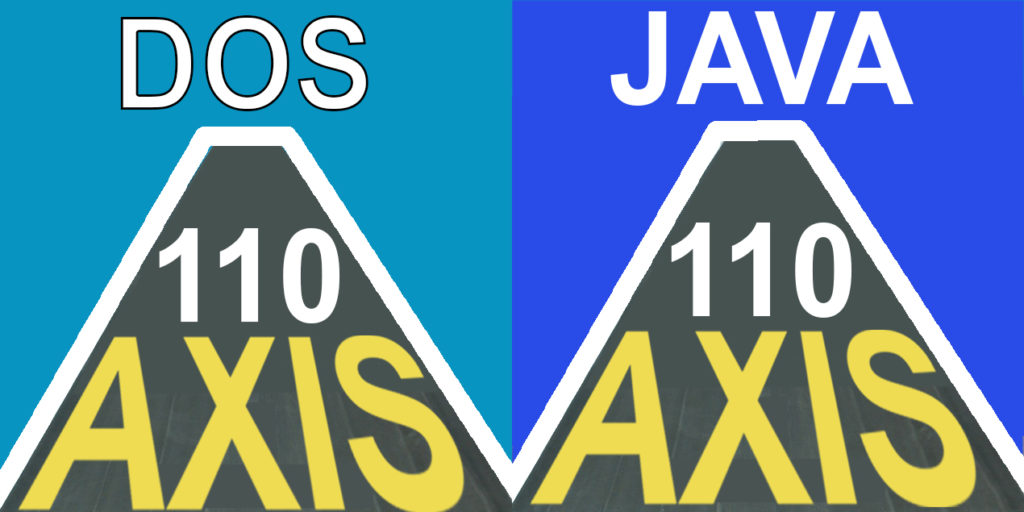
Two generations
News

The AXIS 110 ILS Localiser simulator is a software package that runs on any computer using JAVA or MS-DOS. The usage is mainly in these areas:
- Setting-up guidance. The Control Panel shows all physical and electrical settings of the antenna system. It displays DDM readings from each antenna element by simulating a sample probe in the Antenna Distribution Unit (ADU) outputs to guide in correct ground setup & phasing. This will minimise flight inspection time at the commissioning of the installation.
- Establish sensitive areas for aircraft and vehicle movements on taxiways and access roads by simulating the surfaces using rectangular conducting sheets with given sizes and orientations. A test sheet will be moved around and optionally rotated to the worst-case orientation to find the border of the sensitive area where this object will produce a specified bend amplitude limit along a selected flight track. The objective is to establish qualified restrictions for the movement of various aircraft types or any other vehicle for specific localiser equipment without using costly flight inspection trials.
- Prediction of signal quality based on the computed influence from planned buildings or constructions on the airport and the surrounding area.
- For procurement situations, it may validate the manufacturers claim of the offered system performance. For possible arguments that might occur in this context, it should be noted that no mathematical model can fully simulate a real situation, and that the manufacturer probably has long and qualified experience in modelling sites.
- Simulation of airport models to compare the theoretical signal quality with the achieved Flight Inspection results. By adjusting the model until the simulations resemble the measured results, one gets control and understanding of the model performance and behaviour. When a model is established, the simulator can find the optimum antenna system or feed settings to obtain the best possible signal quality.
- Stability testing by introducing changes for course and clearance antenna feeds as well as mechanical positions to learn what impact this will have on both near field and far field signals. This is important for specifying operational limits for the system in order to set the proper alarm limits in the monitors as well as computing the signals at ground measurement points for specific installations.
- Tutorial tool to learn how the Localiser system really works under all possible and impossible situations. The software is a nearly unlimited ‘theory book’ that adds neatly into any ILS theory course to supply the instructor with an animation and demonstration tool.
This Software has been under development for many years, and the code is optimised to give close to practical results based on extensive experience with field- and Flight Inspection measurements.
A number of scattering objects of two types are simulated by partly or fully conducting rectangular sheets using the Fresnel-Kirchhof diffraction integral for calculating the signal scattering.
The model also contains simulation of wire sections with specified diameter and number of single wires. A number of currently marketed antenna array systems from the major ILS manufacturers are included.
New antenna systems (ASY files) can be defined and added by the user by simply using the built-in Antenna System Editor to either create completely new ones, or to copy and modify one or more of the existing ASY files. These settings may be shared with other colleagues using AXIS Software.
For this purpose the models can be saved into or loaded from any directory. A number of example setups are included in the library to demonstrate different airport models.
The multi language feature reads all texts from three AL2*.UK (english) files. These files are available from us in a number of languages. The users may also copy and edit these three files into their own language files.

